As you age or maintain an active lifestyle, your body undergoes various changes, some of which may be visible, like the appearance of spider veins.
These small, web-like veins are common, particularly among those over 50 and individuals who stand or sit for long periods, such as fitness enthusiasts. Although usually harmless, they can cause discomfort and affect your confidence.
Understanding the causes, symptoms, and treatment options for spider veins can help you manage them effectively.
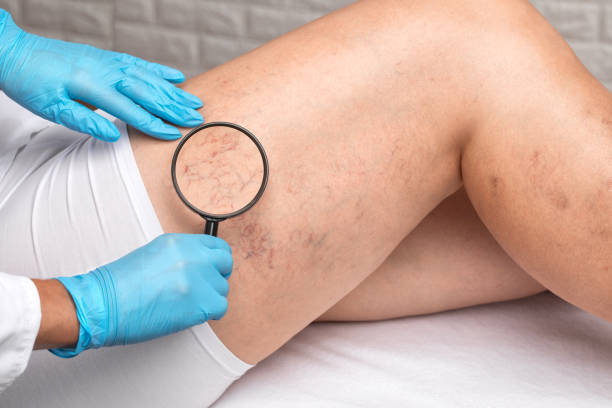
What Are Spider Veins?
Spider veins are tiny, dilated blood vessels that appear close to the surface of your skin, often resembling a spider’s web. These veins are usually red, blue, or purple and can develop anywhere on your body, though they are most common on your legs and face. While generally benign, they can indicate underlying venous issues, particularly if accompanied by symptoms like aching or swelling.
Regular exercise is crucial for fitness enthusiasts, but certain activities, especially those involving prolonged standing or heavy lifting, can exacerbate spider veins. As an older adult, you may notice these veins due to changes in your circulatory system, such as weakened vein walls and less efficient blood flow. Understanding these factors can guide you in making lifestyle adjustments to minimize the appearance of spider veins.
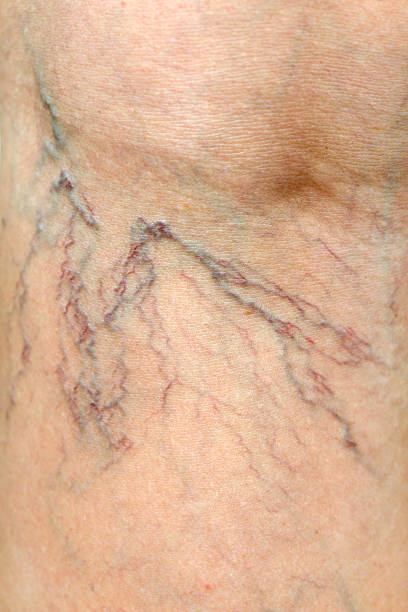
Causes of Spider Veins
Spider veins result from the weakening or damage of the small valves within your veins, which help maintain one-way blood flow back to your heart. When these valves malfunction, blood can pool in the veins, increasing pressure and causing the veins to enlarge and become visible under your skin.
Several factors contribute to the development of spider veins:
- Genetics: If your parents or grandparents had spider veins, you are more likely to develop them.
- Aging: As you age, your veins lose elasticity, making it harder for them to return blood to your heart efficiently.
- Hormonal Changes: Hormonal fluctuations during pregnancy, menopause, or while taking birth control pills can increase the risk of spider veins.
- Prolonged Standing or Sitting: Occupations or activities that require long periods of standing or sitting can put pressure on your veins, leading to the development of spider veins.
- Obesity: Excess weight increases pressure on your veins, particularly in the lower body, contributing to the development of spider veins.
- Sun Exposure: Prolonged exposure to the sun, especially in light-skinned individuals, can cause veins to appear near the surface of your skin, leading to spider veins on your face.
- Previous Injuries or Surgeries: Trauma to the skin or previous vein surgeries can weaken vein walls, making spider veins more likely to develop.
For fitness enthusiasts, incorporating a balanced exercise routine that includes activities like walking, cycling, and swimming can help maintain proper blood circulation and reduce the risk of developing spider veins. For the elderly, managing weight and avoiding prolonged periods of inactivity are key steps in preventing spider veins.
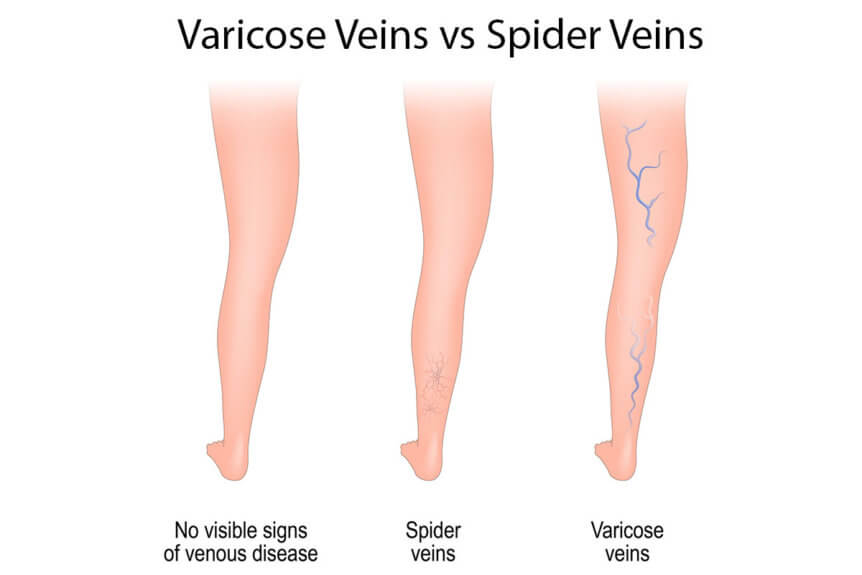
Symptoms of Spider Veins
In many cases, spider veins are primarily a cosmetic concern and may not cause any physical symptoms. However, some people experience discomfort, particularly after standing or sitting for long periods. Common symptoms include:
- Aching or Throbbing: A dull ache or throb in the legs, especially after prolonged activity, is a common symptom.
- Swelling: Spider veins can cause mild swelling in the legs or ankles.
- Itching or Rash: You may notice itching around the affected veins, or a rash could develop.
- Cramping: Muscle cramps, particularly at night, are often associated with spider veins.
- Skin Discoloration: In more severe cases, the skin around the spider veins may darken, indicating chronic venous insufficiency.
If you’re an active individual, paying attention to these symptoms, especially after workouts, can help you catch and address any venous issues early. For the elderly, these symptoms may signal the need for medical evaluation to rule out more serious venous conditions.
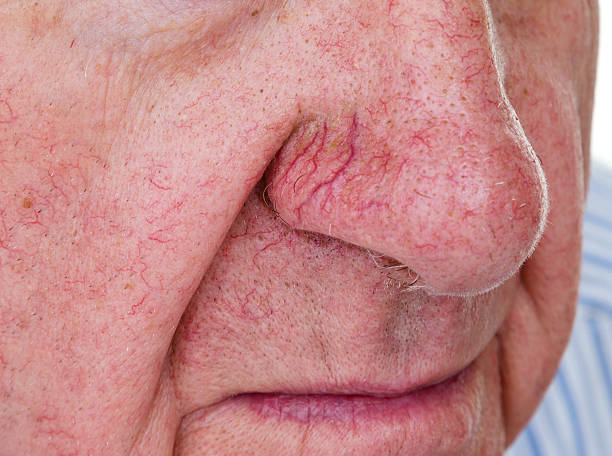
Treatment Options for Spider Veins
Fortunately, there are several effective treatment options for spider veins, ranging from lifestyle modifications to medical procedures. Your choice of treatment will depend on the severity of your symptoms, the size and location of the veins, and your overall health.
Lifestyle Changes and Home Remedies
- Compression Stockings: Wearing compression stockings can help improve blood flow in your legs and reduce the discomfort associated with spider veins. They are particularly beneficial if your daily routine involves prolonged standing or sitting.
- Exercise Regularly: Engage in activities that promote circulation, such as walking, swimming, or cycling. For fitness enthusiasts, balance your routine with low-impact exercises to avoid putting excessive pressure on your veins.
- Elevate Your Legs: When resting, elevate your legs above heart level to improve blood flow and reduce swelling.
- Maintain a Healthy Weight: Weight management is crucial for reducing the pressure on your veins, particularly if you are elderly or lead a sedentary lifestyle.
- Avoid Tight Clothing: Wearing loose-fitting clothes, especially around your waist, legs, and groin, can help prevent further vein damage.
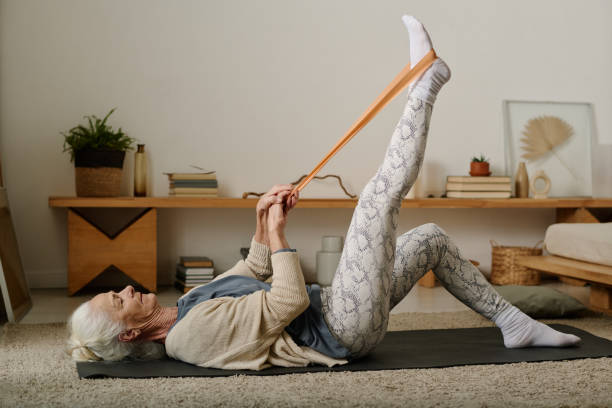
Medical Treatments
- Sclerotherapy: This is a common and effective treatment for spider veins, where a solution is injected into the affected veins, causing them to collapse and eventually fade. It’s a quick outpatient procedure with minimal downtime.
- Laser Therapy: This treatment uses focused laser light to heat and damage the vein, causing it to close and fade away. It’s ideal for small spider veins and is often used on the face.
- Intense Pulsed Light (IPL) Therapy: Similar to laser therapy, IPL uses light energy to target and destroy spider veins. It’s effective for both small and larger veins, depending on the wavelength used.
- Endovenous Laser Therapy (EVLT): Though more commonly used for larger varicose veins, EVLT can also be an option for severe cases of spider veins. It involves inserting a laser fiber into the vein, causing it to collapse and seal shut.
- Radiofrequency Ablation: This technique uses radiofrequency energy to heat and close off the vein. It’s less commonly used for spider veins but may be an option in certain cases.
As a fitness enthusiast, these treatments can help you return to your routine with minimal interruption, while older adults can benefit from these procedures to reduce discomfort and improve mobility.
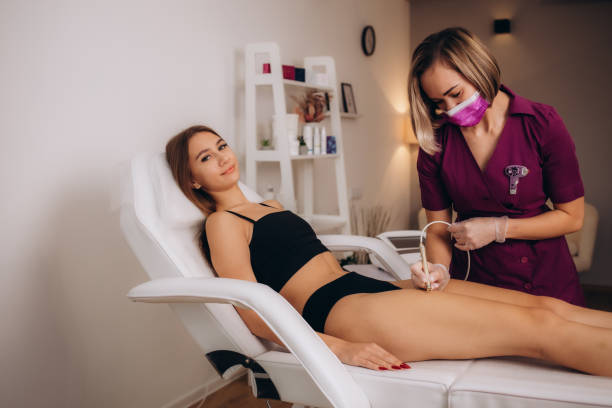
Preventing Spider Veins
While you can’t completely prevent spider veins, especially if you have a genetic predisposition, there are steps you can take to minimize your risk:
- Exercise Regularly: Regular physical activity is one of the best ways to improve circulation and reduce the likelihood of spider veins.
- Maintain a Healthy Weight: Keeping your weight in check reduces the strain on your veins.
- Avoid Prolonged Sitting or Standing: Take regular breaks to move around, especially if your job requires long periods of sitting or standing.
- Elevate Your Legs: Elevating your legs when resting can help reduce the pressure on your veins.
- Avoid Crossing Your Legs: While sitting, avoid crossing your legs, as this can restrict blood flow.
- Wear Sunscreen: Protect your skin from sun damage, especially on your face, to prevent the development of spider veins.
By incorporating these habits into your daily routine, you can reduce your risk of developing spider veins, maintain healthy circulation, and enjoy an active lifestyle well into your later years.
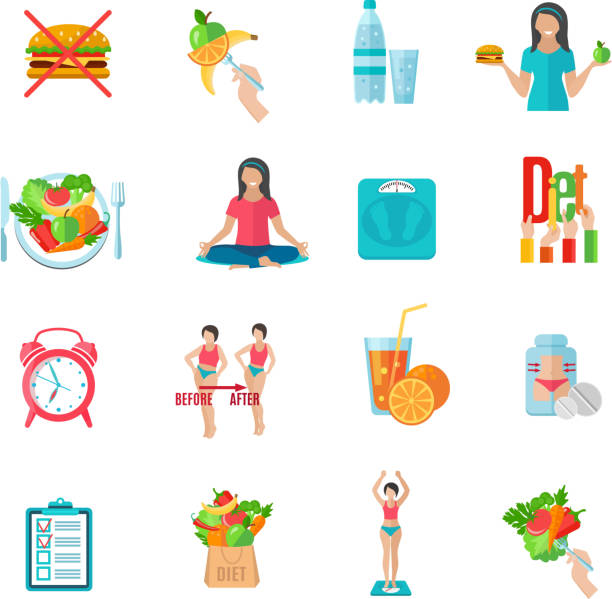
Over To You…
Whether you’re an avid fitness enthusiast or navigating the changes that come with aging, understanding and managing spider veins is key to maintaining your physical health and confidence.
While these veins are often harmless, addressing them early through lifestyle changes and, if necessary, medical treatments, can improve your quality of life.
By staying active, managing your weight, and following the preventive steps outlined, you can keep your veins healthy and reduce the likelihood of spider veins affecting your daily life.
Looking to stay healthy without breaking the bank? Don’t look any further.
Subscribe to Kloud Iron’s 28-day fitness program and begin your journey toward optimal mental health and physical fitness. To learn more about Kloud Iron Fitness Hub’s offers, contact us today or message/follow us on Facebook and Instagram. We are also available on YouTube.


Leave Your Comment